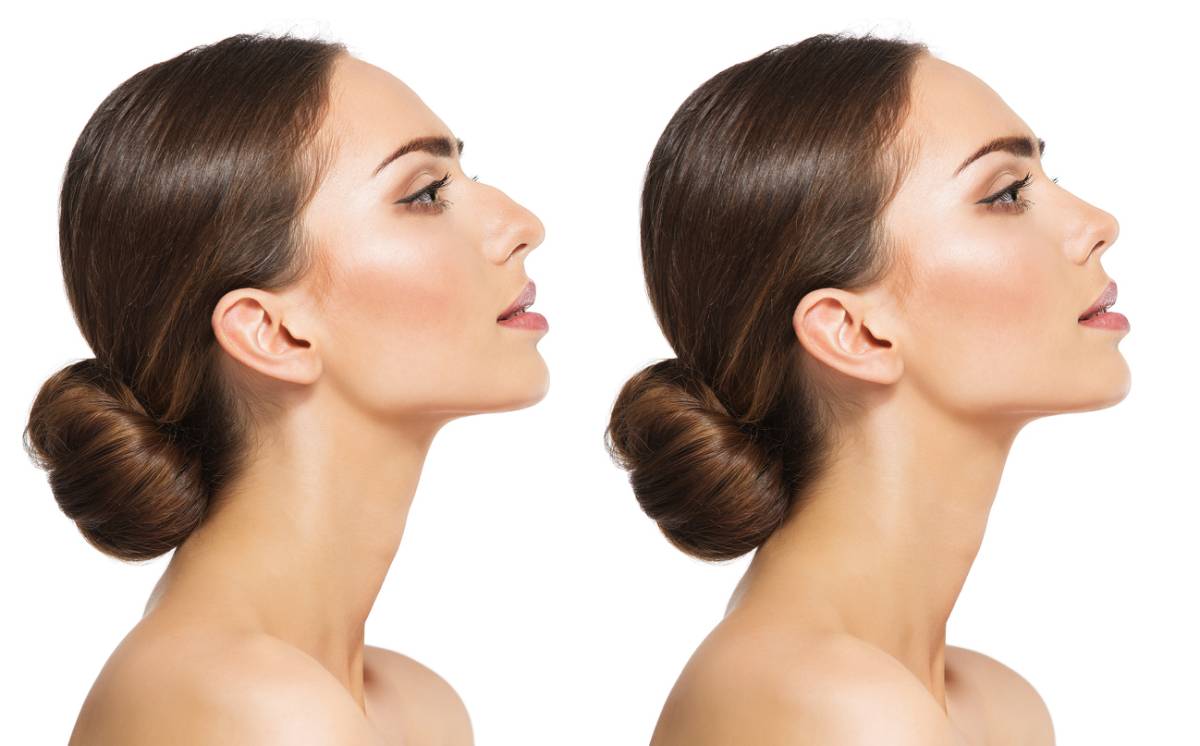Nose jobs are a common plastic surgery option for anyone looking to restructure the shape of their nose in order to create a more pleasing physical appearance. Whether because of misalignment, deformity, injury, or another source of damage, your nose might be in need of a tune-up so you can feel confident about the way you look. Below we cover the main stages of rhinoplasty swelling post-surgery.
Stages of Rhinoplasty Swelling Post-Surgery
Rhinoplasty is a fairly straightforward process, but it requires an intensive surgery that will need lots of post-operative care. It is important that you set aside ample time in your schedule for a smooth healing process, as you will be recovering for quite some time. Before your scheduled appointment for rhinoplasty in Beverly Hills, make sure you are planning for a proper recovery timeline that incorporates the stages of rhinoplasty swelling post-surgery.
Your First Week of Recovery
Immediately following your nose job surgery, you will need to get plenty of rest. You can expect the pain and swelling to be the most severe within the first few days after the procedure. You may find it difficult to breathe out of your nose because of how swollen it is; similarly, you will have a nose splint and other bandages around the area that could cause some discomfort as you continue to heal.
The surrounding areas of your face are likely to show some symptoms during recovery. For example, you may be bruised and tender around your eyes, cheeks, and mouth as well as your nose. Do not panic if your nose looks asymmetrical during this time, as the swelling will eventually go away.
Your Second, Third, and Fourth Weeks of Recovery
Once you are more than a week out from your nose surgery, you will notice the swelling start to fade. The bruises around your face will get smaller, though they may still be visible for some time. It will get easier for you to see the new shape of your nose as the swelling goes down, which can get you excited about seeing the final results of your procedure.
The third and fourth weeks are very exciting points along the rhinoplasty recovery timeline because the swelling will be significantly reduced. You will be able to easily see the new shape and definition of your nose as you enter the final phase of healing. You can likely return to work during these particular weeks as long as your job is not too physically demanding. Depending on your exercise routine, you may also be able to engage in a few gentle exercises.
Months After Rhinoplasty Surgery
Rhinoplasty recovery can take up to a year, though the most dramatic symptoms of swelling, bruising, and pain should be gone within the first 1-2 months. At this point, you are probably feeling very eager to show off your nose job results as you start to feel better about your looks. If you wear glasses, you can start to put them on again without feeling sensitivity or pain.
Within 3-6 months, the majority of your post-operative symptoms will have disappeared. You may feel the occasional poking or prickling sensation in your nose, and that is part of the regular healing process. This sensation will subside within 6 months or so.
One year after your rhinoplasty operation, the final results will be fully visible. You will have almost no swelling at this point, though it is not uncommon to have a little bit left over from the procedure. You should be able to resume all normal activities without worrying about ruining your post-operative results.
How to Get Rid of Swelling Fast
The timeline listed above is an average estimation of the rhinoplasty process, spelling out the typical healing schedule of a patient in good general health. In order to get a more accurate healing timeline, it is important to schedule a consultation with a rhinoplasty surgeon so you can address your particular needs.
It is possible to reduce the signs and symptoms of swelling much faster after your in-office rhinoplasty procedure. For example, you can keep your head propped up while you sleep to keep pressure off of your nose. Cut back on salty foods and drink plenty of water to avoid dehydration. Make sure to follow all of the post-op instructions given to you by your surgeon so you can avoid congestion, excess bleeding, and increased swelling.
Start Your Rhinoplasty Plan with Dr. Brent
Though the recovery timeline can be daunting for some, patients often find that a rhinoplasty is definitely worth the wait. As long as you are in good general health and can follow the surgeon’s instructions, there should be nothing to complicate the healing process as you grow into your new nose. To learn more about the surgery itself and what else you should expect, contact Dr. Brent and set up a personal consultation today.

